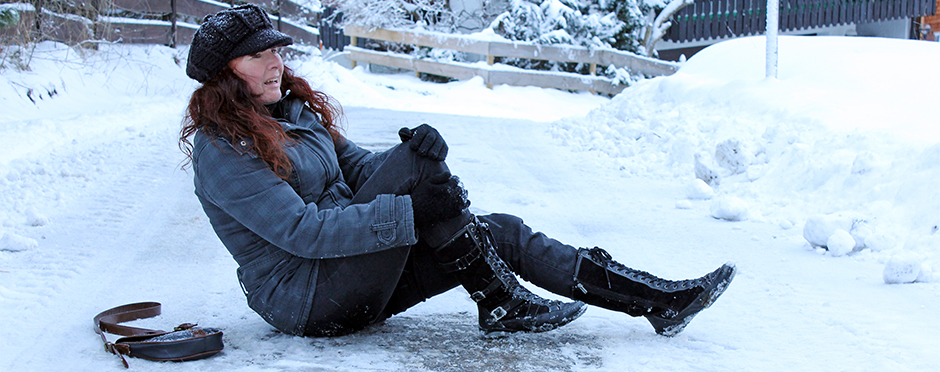
Fall Risk Assessment Tools for Clinicians
Leave a CommentFalls in older adults are a significant concern in all of healthcare. Fall death rates have increased 30 percent from 2007 to 2016.1 Every year, 3 million older adults are treated in the emergency department for fall related injuries.2 Patients who experience falls can become trapped in a cycle where they are afraid of falling and limit their activity leading to greater deconditioning and increase their risk for subsequent falls. Medicare mandates that patients who are over the age of 65 should be screened annually for falls by a healthcare provider. In states with direct access laws, physical therapists may be the only medical contact that the patient has in a calendar year. We can be the first to find out if patients are at a risk for falls and proactively address their deficits.
Outlined below are some fall risk assessment tools that clinicians can use to screen and assess patients’ risk for falls and provide appropriate plans of care to address their deficits:
-
APTA Academy of Geriatric Physical Therapy Balance and Falls Special Interest Group National Fall Prevention Awareness Day Toolkit
- This is a comprehensive toolkit to screen/assess for fall risk in older adults.
-
CDC Stopping Elderly Accidents, Deaths & Injuries (STEADI)
- A screening tool that provides patient education and interdisciplinary education to screen for the risk for falls.
- Quick administration
- Components: 4-stage balance test, timed up and go, 30-second chair rise
-
Berg Balance Test
- Initial assessment tool for independent community dwellers.
- Does not have any gait components associated with it
-
Fullerton Advanced Balance (FAB) Scale
- Advanced assessment tool for independent community ambulating older adults.
- Addresses patients that ‘ceiling out’ from the BERG Balance scale.
- Adds increased dynamic components of hopping, reactive postural control and dynamic gait index tasks of head turns.
These are just a few resources that can be utilized to address fall risk in older adults. The Tinetti Performance Oriented Mobility Assessment is not validated for community dwellers and is not recommended to be used in the outpatient setting. Clinicians can utilize their judgment and appropriately challenge older adults to screen and assess their risk for falls so that as a profession, we can be a first line of defense against falls in older adults.
The Athletico blog is an educational resource written by Athletico employees. Athletico bloggers are licensed professionals who abide by the code of ethics outlined by their respective professional associations. The content published in blog posts represents the opinion of the individual author based on their expertise and experience. The content provided in this blog is for informational purposes only, does not constitute medical advice and should not be relied on for making personal health decisions.
References
1. Cdc.gov. (2019). Important Facts about Falls | Home and Recreational Safety | CDC Injury Center. [online] Available at: https://www.cdc.gov/homeandrecreationalsafety/falls/adultfalls.html Accessed 7 Mar. 2019.
2. Cdc.gov. (2019). Costs of Falls Among Older Adults | Home and Recreational Safety | CDC Injury Center. Available at: https://www.cdc.gov/homeandrecreationalsafety/falls/fallcost.html. Accessed 7 Mar. 2019.
